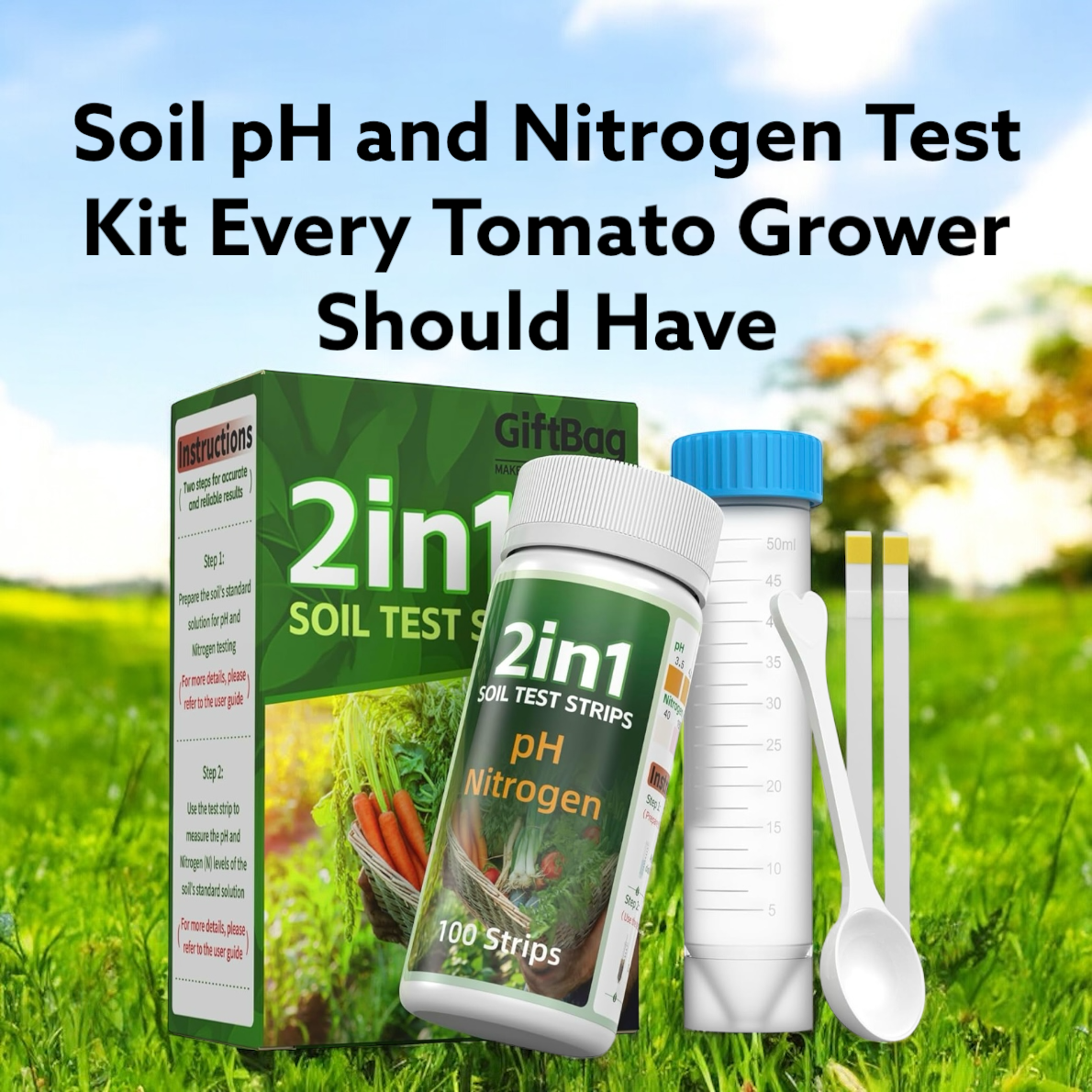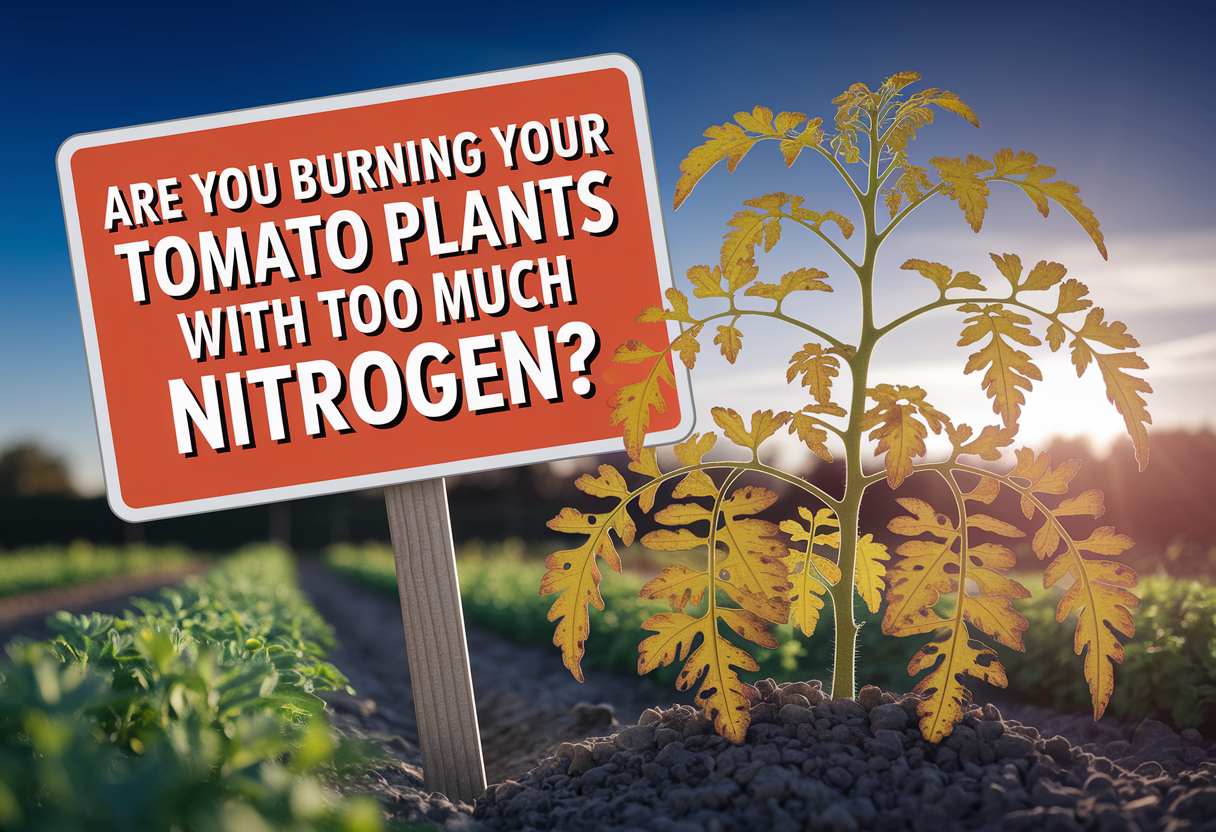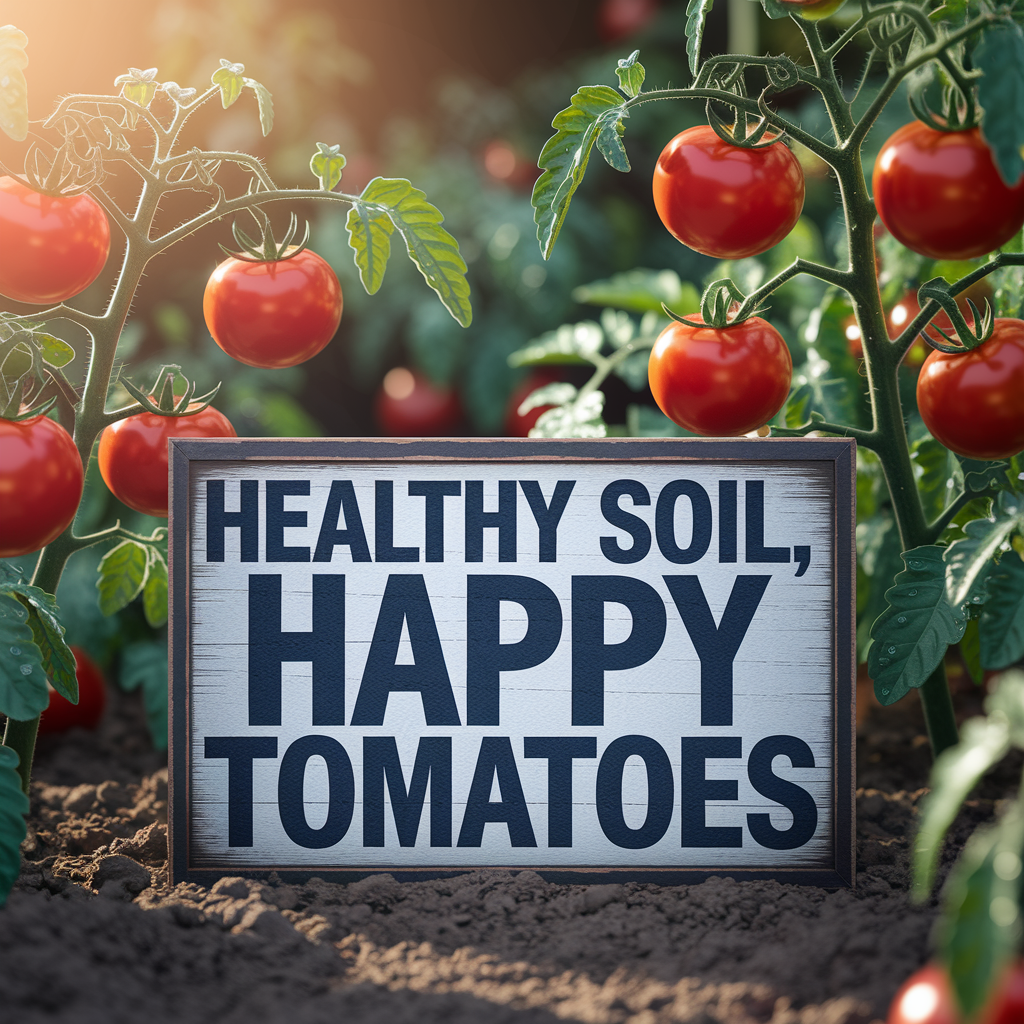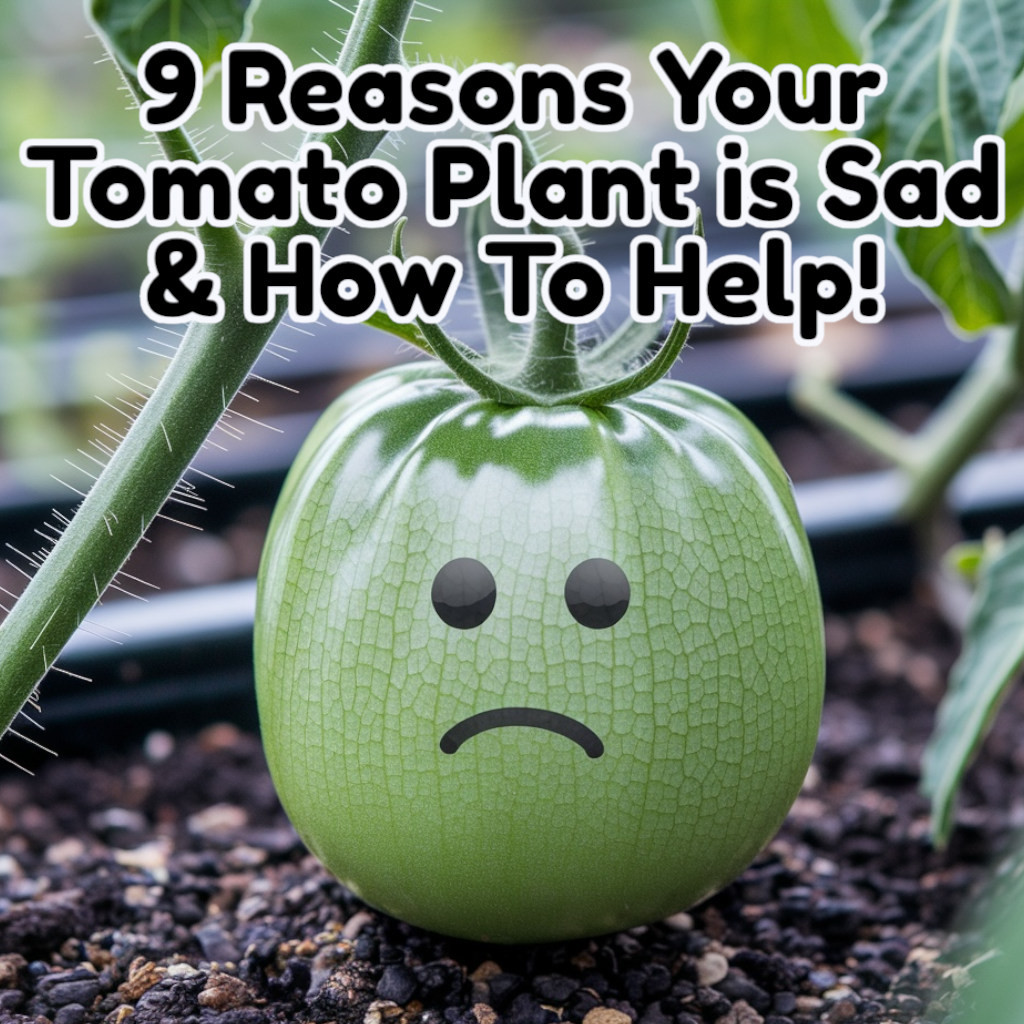
Your Tomato Plant Might Be Crying for Help—Here’s What to Look For
I’ve grown tomatoes for years, and let me tell you—sometimes they speak without saying a word. If your plant is droopy, dull, or just not thriving, there’s usually a reason. Below are the top signs your tomato plant is “sad” and how to turn things around so it’s thriving again.
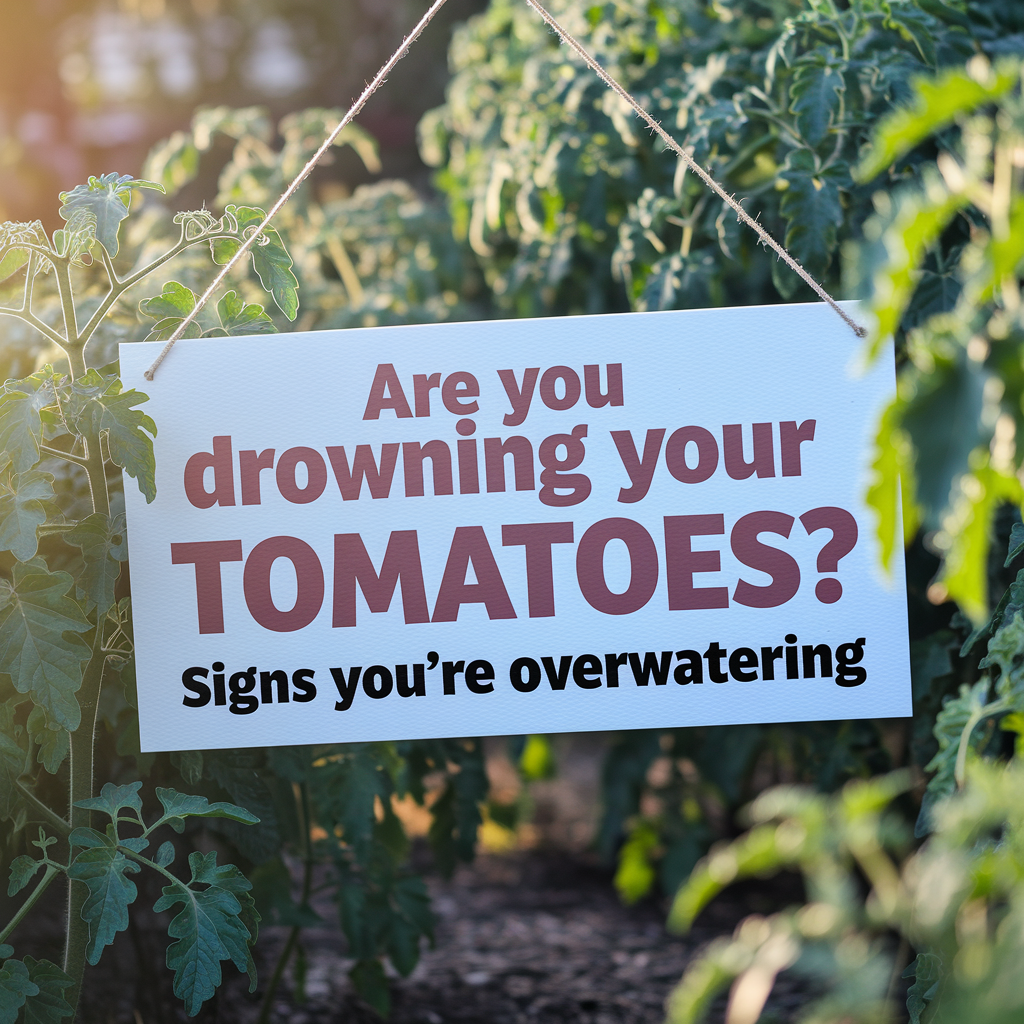
1. It’s Overwatered and Drowning Its Roots
One of the easiest mistakes to make—especially when it’s hot—is watering too often. You think you’re helping, but soggy roots can lead to root rot and sad, yellowing leaves.
How to tell:
If the leaves are turning yellow from the bottom up, or the soil feels soggy days after watering, it’s probably too wet.
What to do:
Let the soil dry out between waterings. Stick your finger in the dirt—if it’s moist 1–2 inches down, hold off on watering. If you’re growing in containers, make sure there are good drainage holes.
👉 If you’re growing in pots, consider switching to breathable 10-gallon grow bags like these to help regulate moisture naturally.
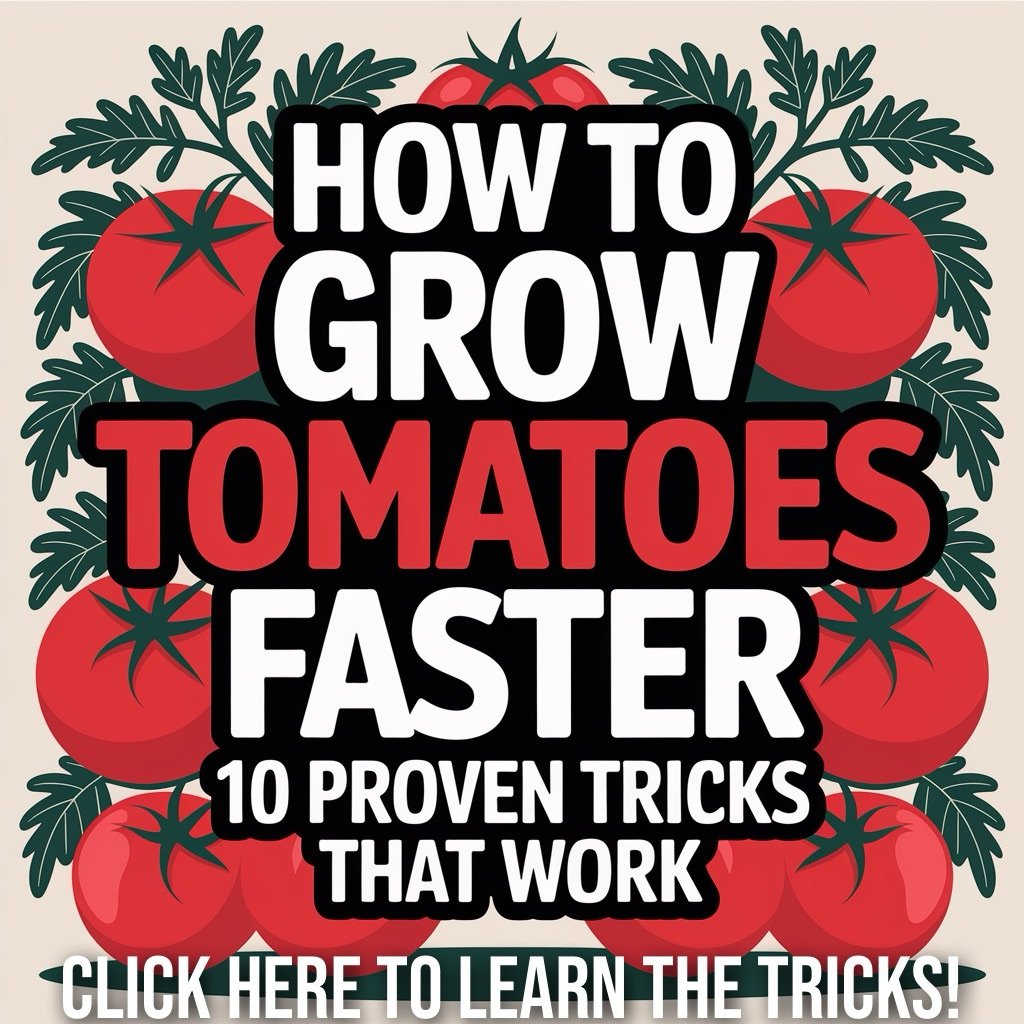
2. It’s Parched and Begging for a Drink
On the flip side, underwatering can cause curling, crispy leaves, stunted fruit, and even blossom drop. Especially in hot climates or windy spots, your tomato plant might be thirsty more often than you think.
How to tell:
Leaves look limp, curled upward, or have dry, brown edges. Soil feels bone dry even a few inches down.
What to do:
Water deeply and consistently. A good soak at the base (not on the leaves) every few days usually does the trick. And don’t forget—mulching your tomatoes can help keep moisture in and weeds out.

3. It’s Starving for Nutrients
Tomato plants are heavy feeders. If you haven’t fed yours in a while (or ever), it might be running on empty. Lack of nutrients can lead to pale leaves, poor fruit production, and overall sluggish growth.
How to tell:
Leaves turning light green or yellow, slow growth, and fewer or smaller tomatoes than expected.
What to do:
Start with a balanced, tomato-specific fertilizer. I personally rotate between a slow-release tomato fertilizer and an organic liquid feed. Just be careful not to overdo the nitrogen—too much leads to leafy plants and no fruit.
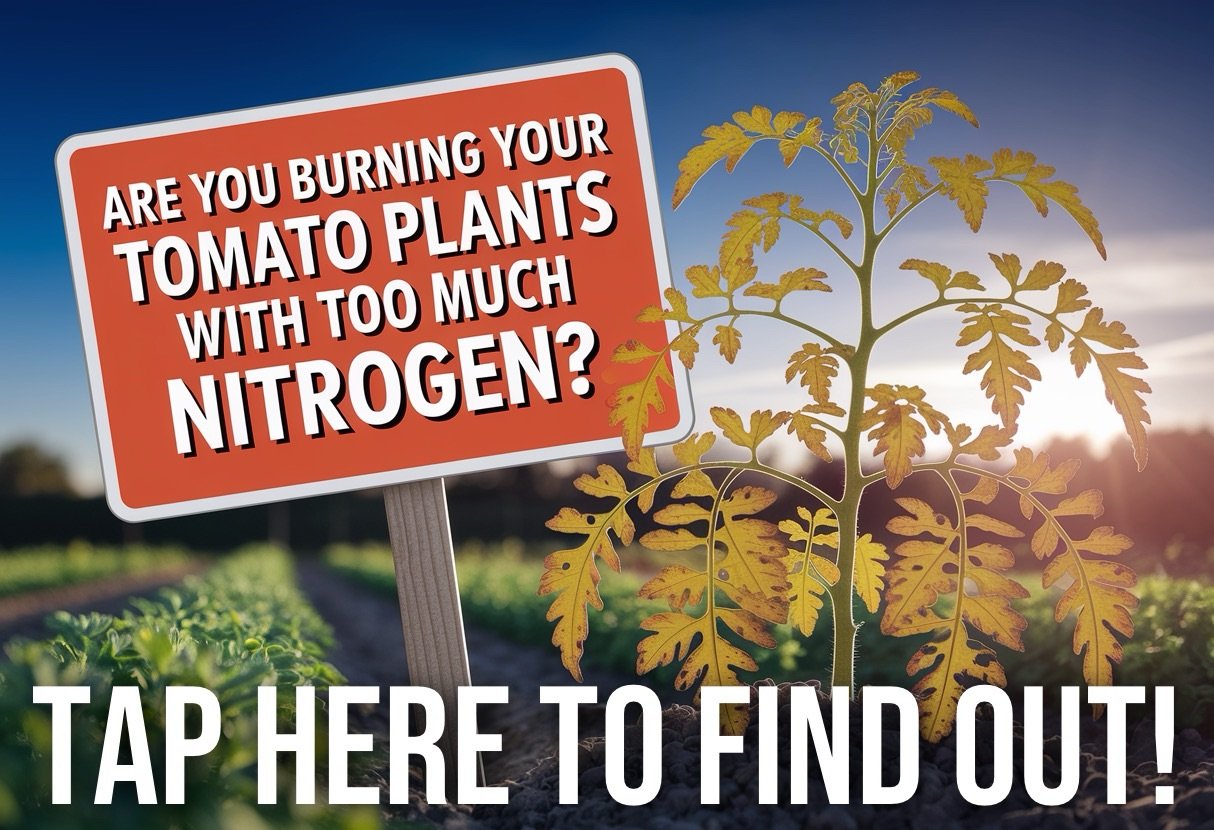
4. It’s Burned by Too Much Nitrogen
Yep, this one hurts. I’ve made the mistake of going heavy on nitrogen, thinking it’ll boost growth—and ended up with big, bushy plants that never gave me a single ripe tomato.
How to tell:
Deep green leaves, tons of foliage, but very few flowers or fruit. Sometimes leaf tips brown or curl.
What to do:
Dial it back! Switch to a lower-nitrogen, higher-phosphorus fertilizer, and hold off on feeding for a week or two. This is a common fix for new growers who think more is better.
👉 If this sounds like your situation, check out Are You Burning Your Tomato Plants with Too Much Nitrogen? for a deeper dive.
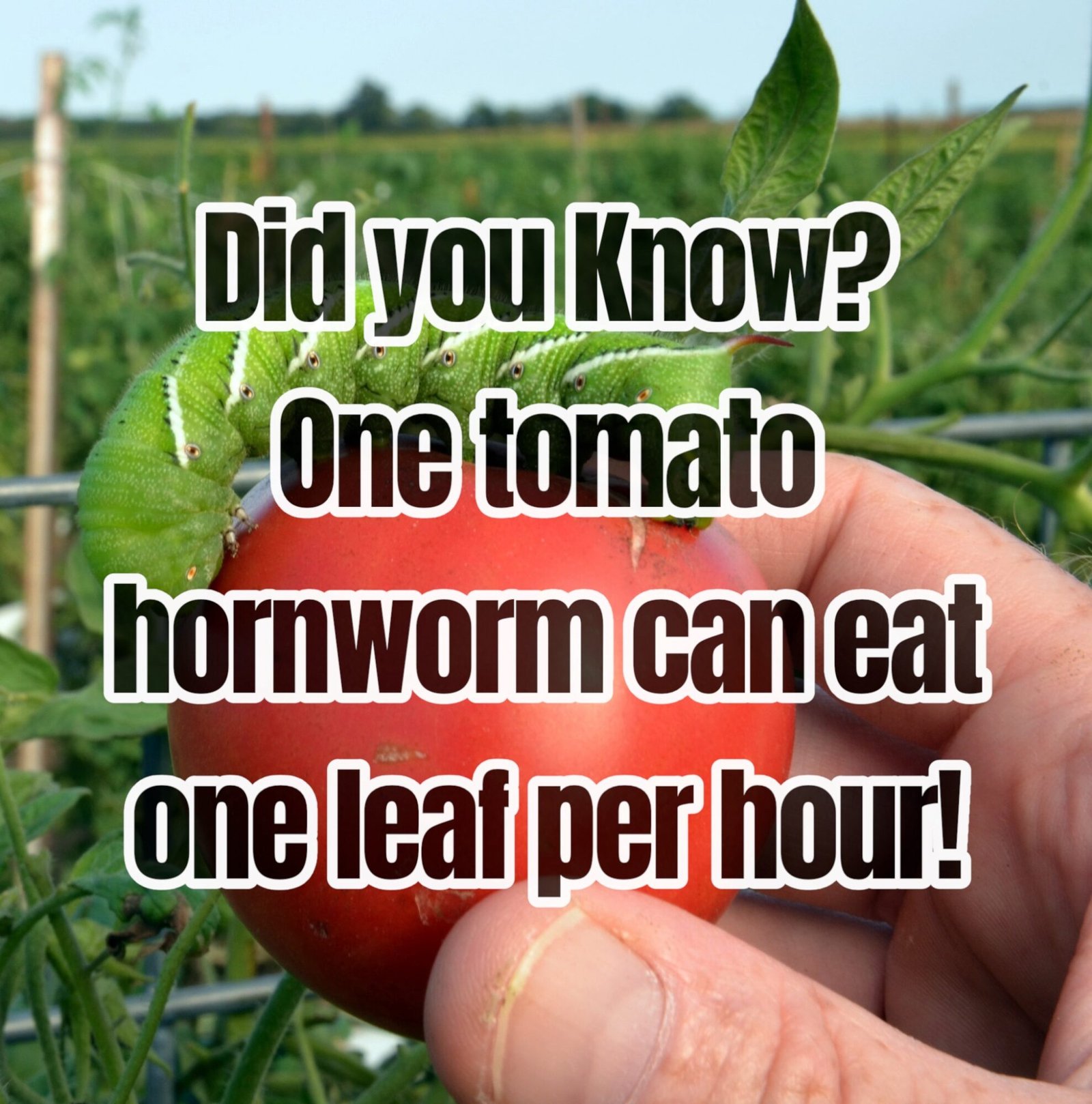
5. It’s Being Chewed on by Unwanted Guests
When your tomato leaves start disappearing or look like Swiss cheese, your plant isn’t just sad—it’s under attack. Hornworms, aphids, whiteflies, and even spider mites can suck the life right out of your plant before you even spot them.
How to tell:
Look for chewed leaves, little green or black droppings, tiny insects on the undersides of leaves, or full-blown pests like fat green hornworms.
What to do:
Act fast. I keep Sevin Insect Killer Concentrate on hand for serious infestations. For organic folks, this insecticidal soap is gentle but effective.
And if hornworms are your problem, here’s exactly how I got rid of them without losing my mind 🐛.
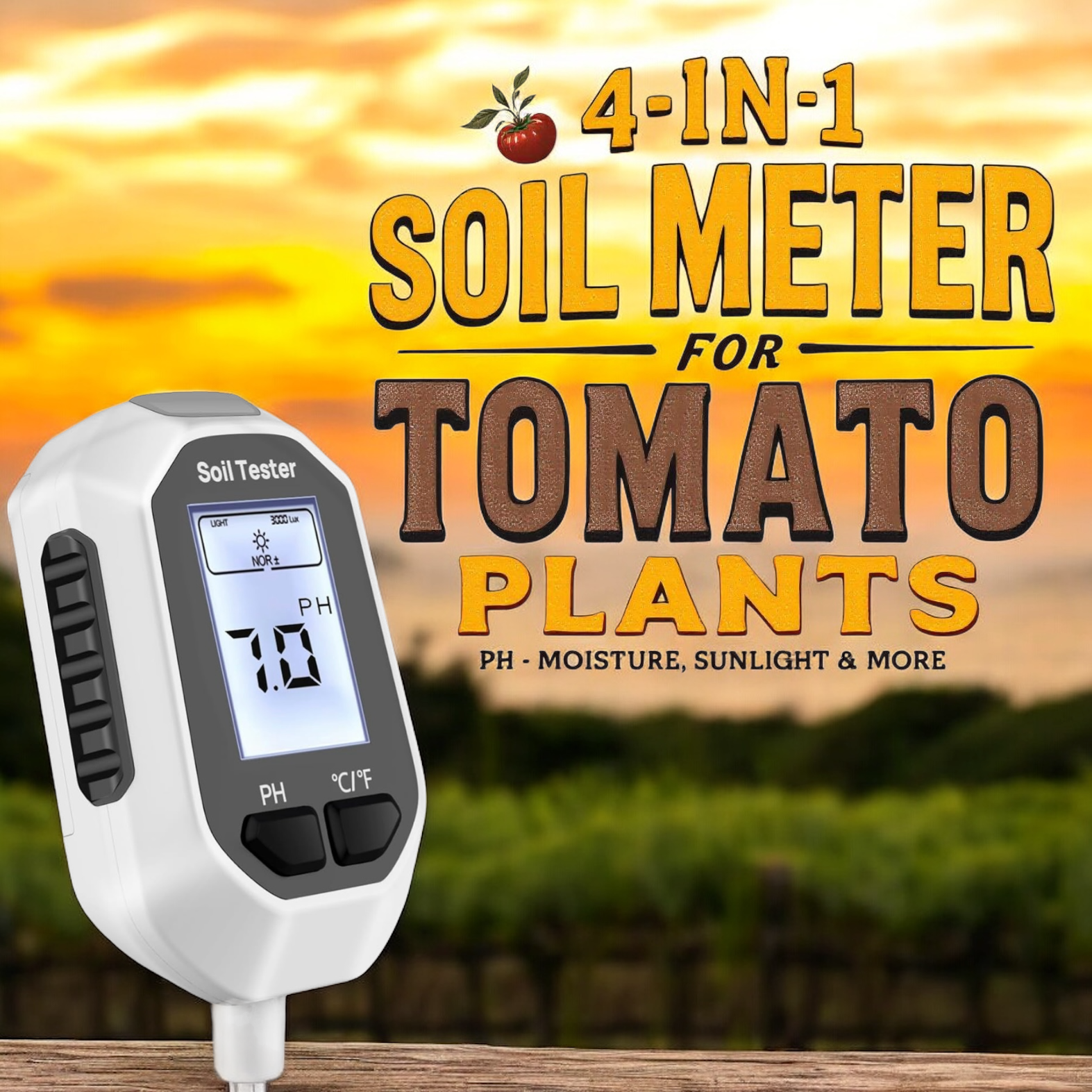
6. It’s Drowning or Thirsty (Yes, It Can Be Both)
Watering tomato plants can be oddly tricky. Too much water can drown the roots and rot the plant, while too little water causes stress and curl. Either way, your tomato plant is left looking pretty miserable.
How to tell:
If the leaves are curling down, turning yellow, or the soil feels soggy all the time—you might be overwatering. On the flip side, dry, brittle leaves and cracked fruit point to underwatering.
What to do:
Check your soil regularly. It should feel moist like a wrung-out sponge—not soaked and not bone dry. Water deeply, not often, and try to do it early in the day. If you’re unsure, this guide on watering tomato plants the right way might help clear it up.
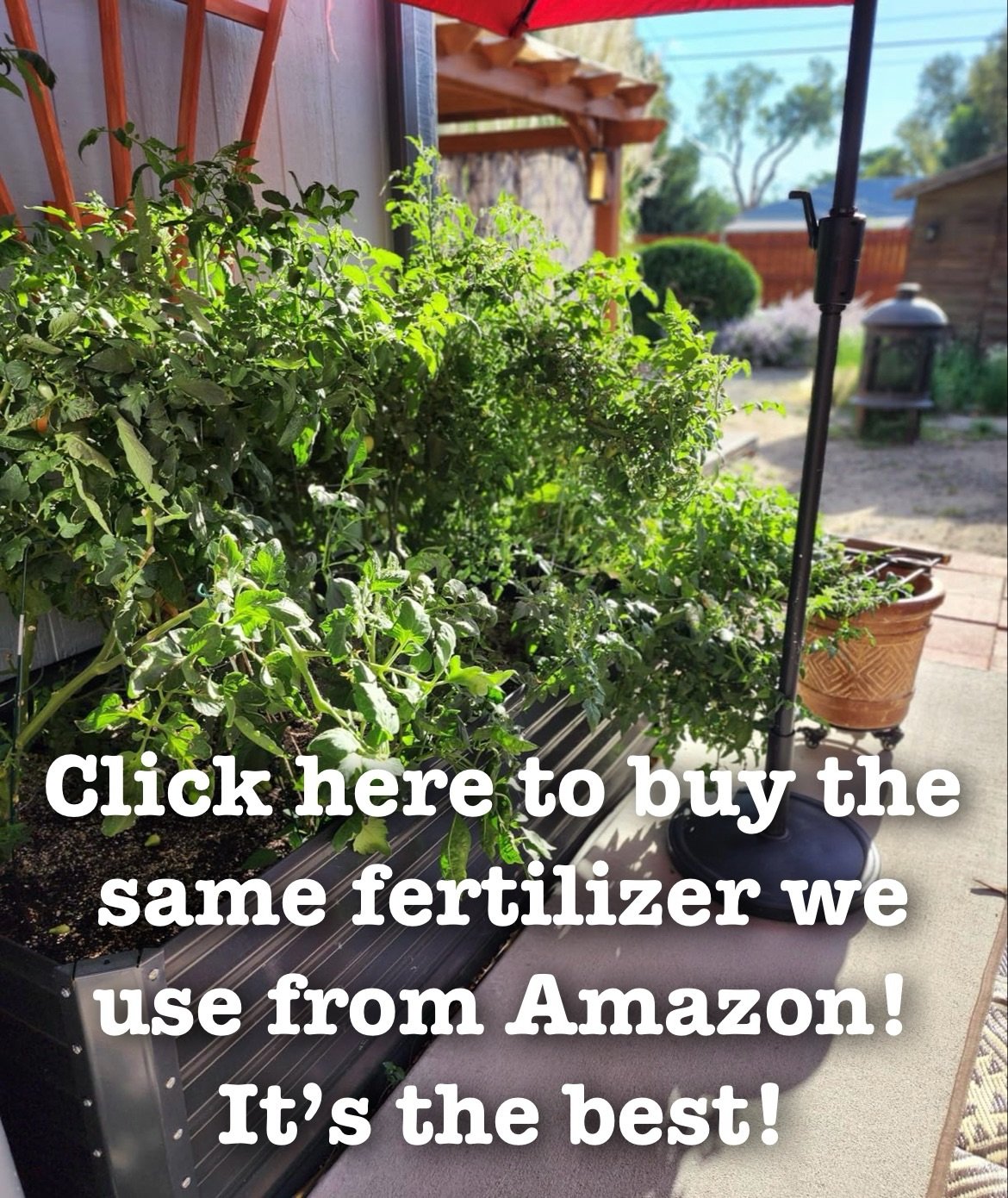
7. It’s Craving the Right Nutrients
Your tomato plant can’t thrive on water and sunlight alone. Without the right mix of nutrients, especially calcium, potassium, and phosphorus, your plant might struggle with weak stems, yellowing leaves, or curled tips.
How to tell:
You might notice blossom end rot (those nasty black spots on the bottom of the fruit), pale leaves, or stunted growth. These are all signs your tomato is literally starving for balance.
What to do:
This is where choosing the best tomato fertilizer really matters. I’ve tried a few, but that one has given me some of my best harvests. Just make sure not to overdo nitrogen or you’ll end up with big leafy plants and no tomatoes.
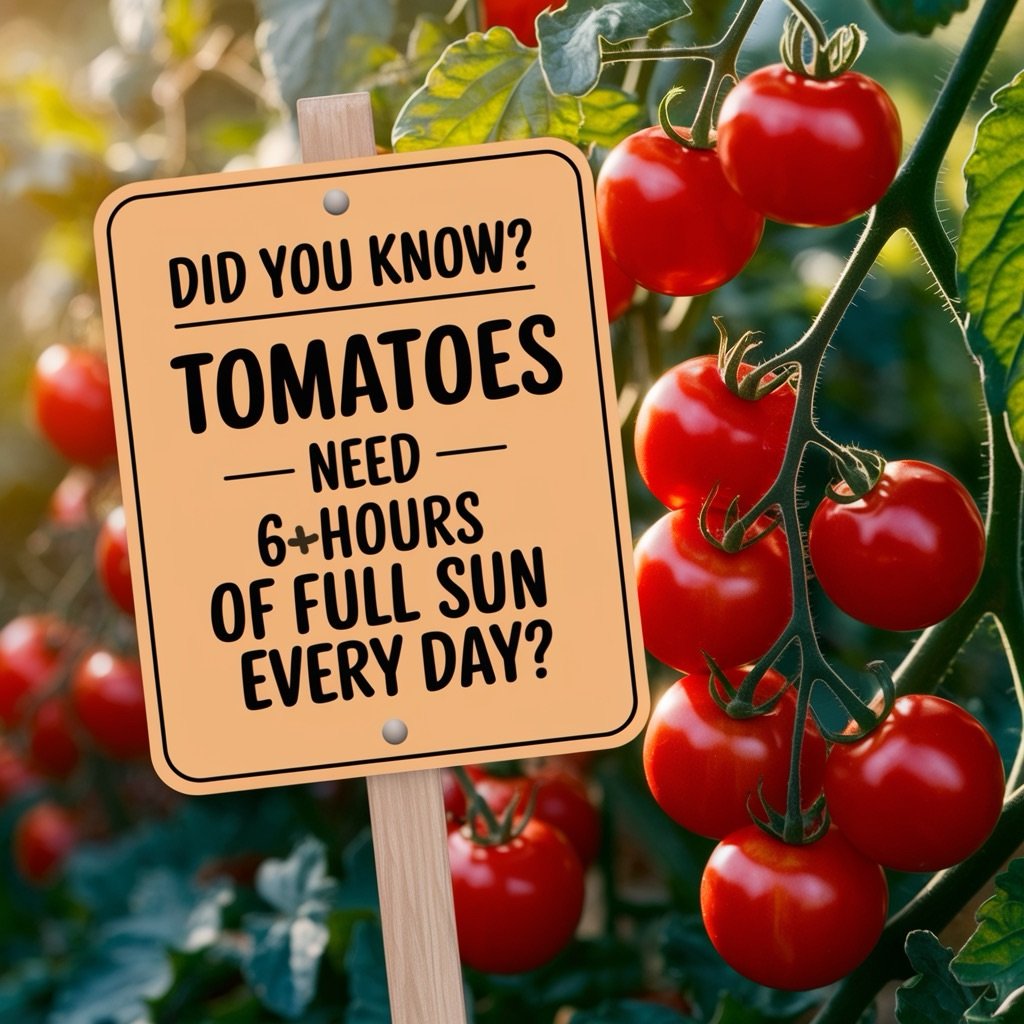
8. It’s Not Getting Enough Sun
Tomatoes love sun the way kids love summer break—bright, long, and full of energy. If your plant is droopy or not flowering, lack of light might be the reason for its sad face.
How to tell:
Leggy stems, pale leaves, and weak growth are classic signs of too little sun. Tomatoes need 6 to 8 hours of direct light every day.
What to do:
Reposition containers or trim back nearby plants to give your tomatoes more sun exposure. If you’re using containers, check out these top-rated tomato grow bags that make moving your plants easier.

9. It’s Battling Pests and Doesn’t Know How to Tell You
If your tomato plant could talk, it might be screaming, “Help! Something’s chewing on me!” Pests like aphids, spider mites, whiteflies, and the dreaded hornworms can stress your plant out fast. And a stressed tomato plant? Yep—sad, limp, curled, or yellowing leaves.
How to tell:
Check the underside of the leaves, stems, and even soil for signs of movement or damage. You might see sticky residue, bite marks, or tiny clusters of bugs clinging on like it’s a buffet.
What to do:
You’ve got two solid routes here:
- For a gentle, organic approach, I’ve had great success with this insecticidal soap for tomato pests that doesn’t wreck your plant’s natural vibe.
- If hornworms are your nightmare, take a deep breath and check out how to get rid of hornworms without losing your mind—it’s the guide I wish I had the first time I saw one munching away.
Once you get your pest situation handled, your plant can bounce back pretty fast—especially if it wasn’t too far gone.

How to Turn That Sad Tomato Plant Into a Happy, Thriving One
Here’s the truth: tomato plants are a little dramatic. One day they’re thriving, the next they’re slumping like it’s the end of the world. But now that you know the signs—and more importantly, how to fix them—you’re no longer guessing in the dark. You’re stepping in like a pro grower.
Whether it’s a case of too much nitrogen, pest drama, overwatering, or just poor container drainage, each issue has a fix. And trust me, even the saddest tomato plant can bounce back if you catch the problem early and show it some real tomato TLC.

If you’re still unsure what’s wrong, here are a few pages I always keep handy:
- Why Are My Tomato Leaves Curling Down?
- How to Grow Tomatoes Faster
- Best Soil Mixture for Growing Tomatoes in Containers
- How to Start a Tomato Garden Without Feeling Overwhelmed
Hang in there, tomato warrior. 🍅 With a little patience and the right know-how, that sad face on your tomato will be turning into a big juicy smile in no time.

As an Amazon Associate we earn from qualifying purchases through some links in our articles.
